“Vormil” chewable tablets are used for the indications listed below.
Intestinal forms of helminthiasis and cutaneous Larva Migrans syndrome (short-term treatment with low doses): enterobiasis, hookworm and necatoriasis, hymenolepidosis, teniasis, strongyloidiasis, ascariasis, trichocephalosis, clonorchiasis, opisthorchiasis, giardiasis in children.
Systemic helminth infections (long-term treatment with high doses):
cystic echinococcosis (caused by Echinococcus granulosus):
- if surgical intervention is not possible;
- before surgery;
- after surgery, if preoperative treatment was short, if helminths are present or live forms are found during surgery;
- after percutaneous cyst drainage for diagnostic or therapeutic purposes;
Alveolar echinococcosis (caused by Echinococcus multiocularis):
- in inoperable disease, particularly in cases of local or distant metastases;
- after palliative surgery;
- after radical surgery or liver transplantation;
Neurocysticercosis (caused by Taenia solium larvae):
- in the presence of single or multiple cysts or granulomatous brain lesions;
- with arachnoid or intraventricular cysts;
- with racemose cysts;
capillarosis (caused by Capillaria philippinensis), gnathostomiasis (caused by Gnathostoma spinigerum and related species), trichinosis (caused by Trichinella spiralis and T.pseudospiralis), toxocariasis (caused by Toxocara canis and related species).
Composition
The active substance is albendazole (one chewable tablet contains 400 mg of albendazole).
Excipients: corn starch, microcrystalline cellulose, sodium methylparaben (E 219), sodium propylparaben (E 217), sodium starch glycolate (type A), colloidal anhydrous silica, talc, magnesium stearate, dry essence of mixed fruits, aspartame (E 951), sodium lauryl sulfate.
Contraindication
- hypersensitivity to albendazole, other benzylidazole derivatives, to other components of the drug;
- retinal diseases;
- women planning pregnancy; women of reproductive age should use effective non-hormonal contraceptives during and for the first month after treatment;
- phenylketonuria.
Method of application
Intestinal infections and cutaneous syndrome Larva Migrans
The drug should be taken with food. It is advisable to use it at the same time of day. If there is no improvement after three weeks, a second course of treatment should be prescribed.
The tablet can be chewed or crushed and taken with a small amount of water.
Recommended dosage:
- enterobiasis, hookworm, necatoriasis, ascariasis, trichocephalosis: adults and children aged 2 years and over – 400 mg 1 time / day (one tablet) once;
- Strongyloidiasis, teniasis, hymenolepidosis: adults and children aged 2 years and over – 400 mg 1 time / day (one tablet) for 3 days; for hymenolepidosis, a repeated course of treatment is recommended in the interval from the 10th to the 21st day after the previous course;
- Clonorchiasis, opistharosis: adults and children aged 2 years and over – 400 mg one tablet 2 times a day for 3 days;
- Larva Migrans skin syndrome: adults and children aged 2 years and over – 400 mg one tablet once a day for 1-3 days;
- Giardiasis: only children aged 2 to 12 years – 400 mg one tablet once a day for 5 days.
Systemic helminth infections (long-term treatment with high doses)
The drug should be taken with food. It is not recommended to prescribe the drug in high doses to children under 6 years of age. The dosage regimen is set by the doctor depending on age, body weight, and severity of the infection. The dose for patients with a body weight of more than 60 kg is 400 mg (one tablet) 2 times a day. With a body weight of less than 60 kg, the drug is prescribed at the rate of 15 mg/kg/day. This dose should be divided into 2 doses. The maximum daily dose is 800 mg.
Recommended duration of use:
- cystic echinococcosis – 28 days (a 28-day cycle can be prescribed repeatedly (a total of 3 times) after a break of 14 days);
- inoperable and multiple cysts – up to 3 28-day cycles in the treatment of hepatic, pulmonary and peritoneal cysts (in the presence of cysts of other localization (in the bones or brain), longer treatment may be required);
- before surgery – two 28-day cycles are recommended; if surgery is to be performed before these cycles are completed, treatment should be continued as long as possible before surgery;
- after surgery, after percutaneous cyst drainage – if a short (less than 14 days) course of treatment was received before surgery or in the case of emergency surgery, after surgery, conduct two cycles of 28 days, separated by a 14-day break in taking the drug; similarly, if viable cysts are found or helminths have spread, conduct two full cycles of treatment;
- alveolar echinococcosis – 28 days; the second 28-day course should be repeated after a two-week break in the use of the drug; treatment can be continued for several months or years;
- neurocysticercosis – from 7 to 30 days; the second course can be repeated after a two-week break in taking the drug;
- cysts in the parenchyma and granulomas – from 7 days (minimum) to 28 days;
- arachnoid and intragastric cysts – 28 days;
- racemose cysts – 28 days, may last longer (the duration of treatment is determined by the clinical and radiological response to treatment);
- Capillariasis – 400 mg once a day for 10 days; usually one course of treatment is required, but subsequent courses may be required if the results of the parasitological examination remain positive;
- gnathostomiasis – 400 mg once a day for 10-20 days (see above);
- trichinosis, toxocariasis – 400 mg 2 times a day for 5-10 days (see above).
Application features
Pregnant women
The drug is contraindicated for use during pregnancy and breastfeeding or for the treatment of women planning a pregnancy.
Children
The drug is contraindicated for the treatment of children under 2 years of age in this dosage form.
Drivers
Given the presence of such a side effect as dizziness, it is recommended to refrain from driving or operating other mechanisms during the period of use of albendazole.
Overdose
Symptoms: nausea, vomiting, diarrhea, tachycardia, drowsiness, visual disturbances, visual hallucinations, speech disorders, dizziness, loss of consciousness, liver enlargement, increased transaminase levels, jaundice; respiratory distress, brown-red or orange discoloration of the skin, urine, sweat, saliva, tears and feces in proportion to the dose of the drug.
Treatment: perform gastric lavage and apply symptomatic and supportive therapy.
Side effects
Gastrointestinal tract: stomatitis, dry mouth, heartburn, nausea, vomiting, abdominal pain, flatulence, diarrhea, constipation, epigastric pain.
Hepatobiliary disorders: transient increase in liver enzyme activity, jaundice, hepatitis, hepatocellular damage.
From the cardiovascular system: increased blood pressure, tachycardia.
From the nervous system and peripheral nervous system: insomnia or drowsiness, headache, dizziness, confusion, disorientation, hallucinations, seizures, decreased visual acuity.
Blood and lymphatic system disorders: leukopenia; neutropenia; thrombocytopenia; anemia, including aplastic anemia; agranulocytosis, pancytopenia. Patients with liver disease, including hepatic echinococcosis, are more prone to bone marrow suppression.
Skin and subcutaneous tissue disorders: skin rash, hyperemia, polymorphic erythema, Stevens-Johnson syndrome, alopecia inversa (hair thinning and moderate hair loss), itching, urticaria, pemphigus, dermatitis, edema.
Renal and urinary disorders: renal dysfunction, acute renal failure, proteinuria.
Storage conditions
Store in the original packaging at a temperature not exceeding 25 °C, out of the reach of children.
Shelf life – 3 years.

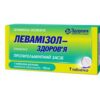
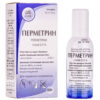

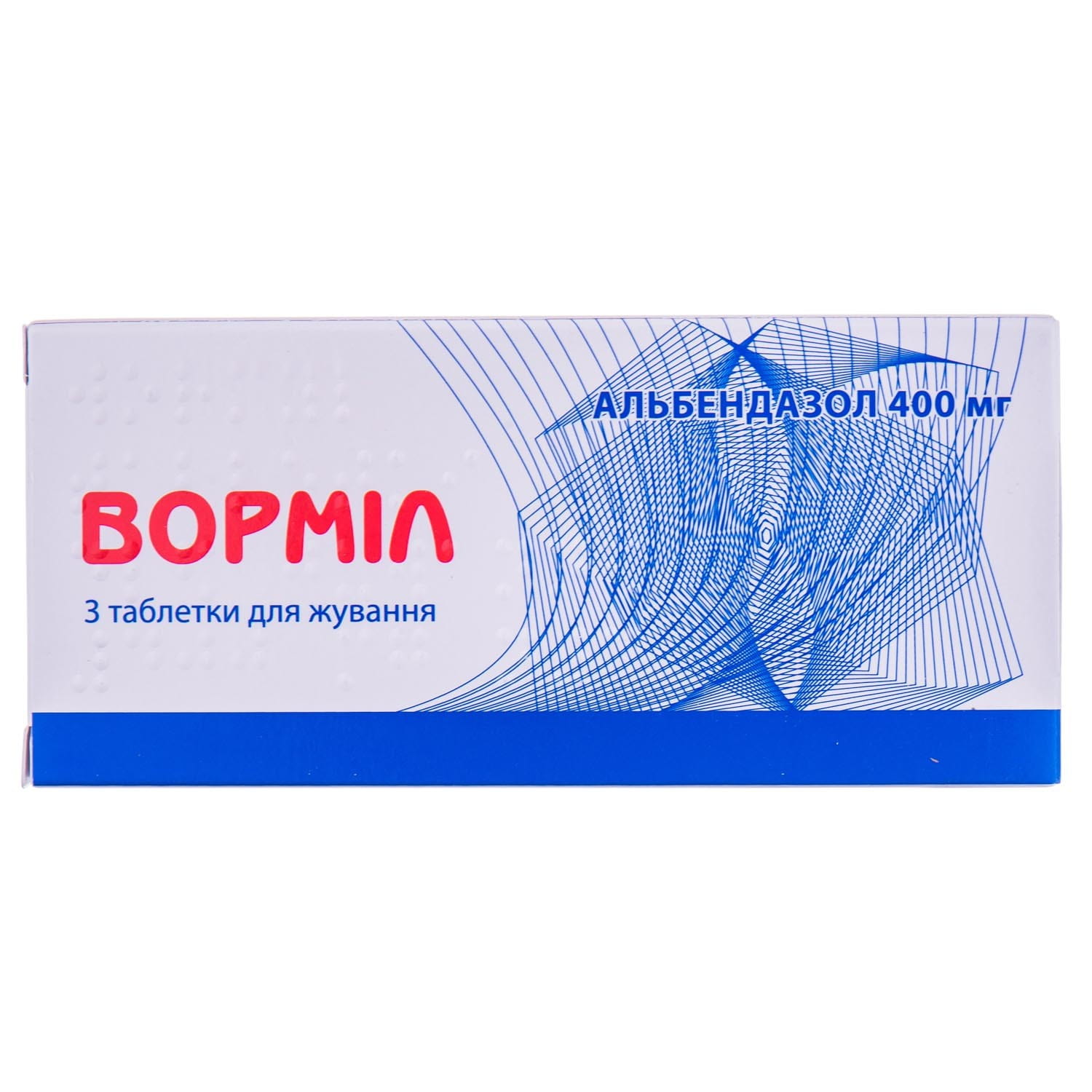
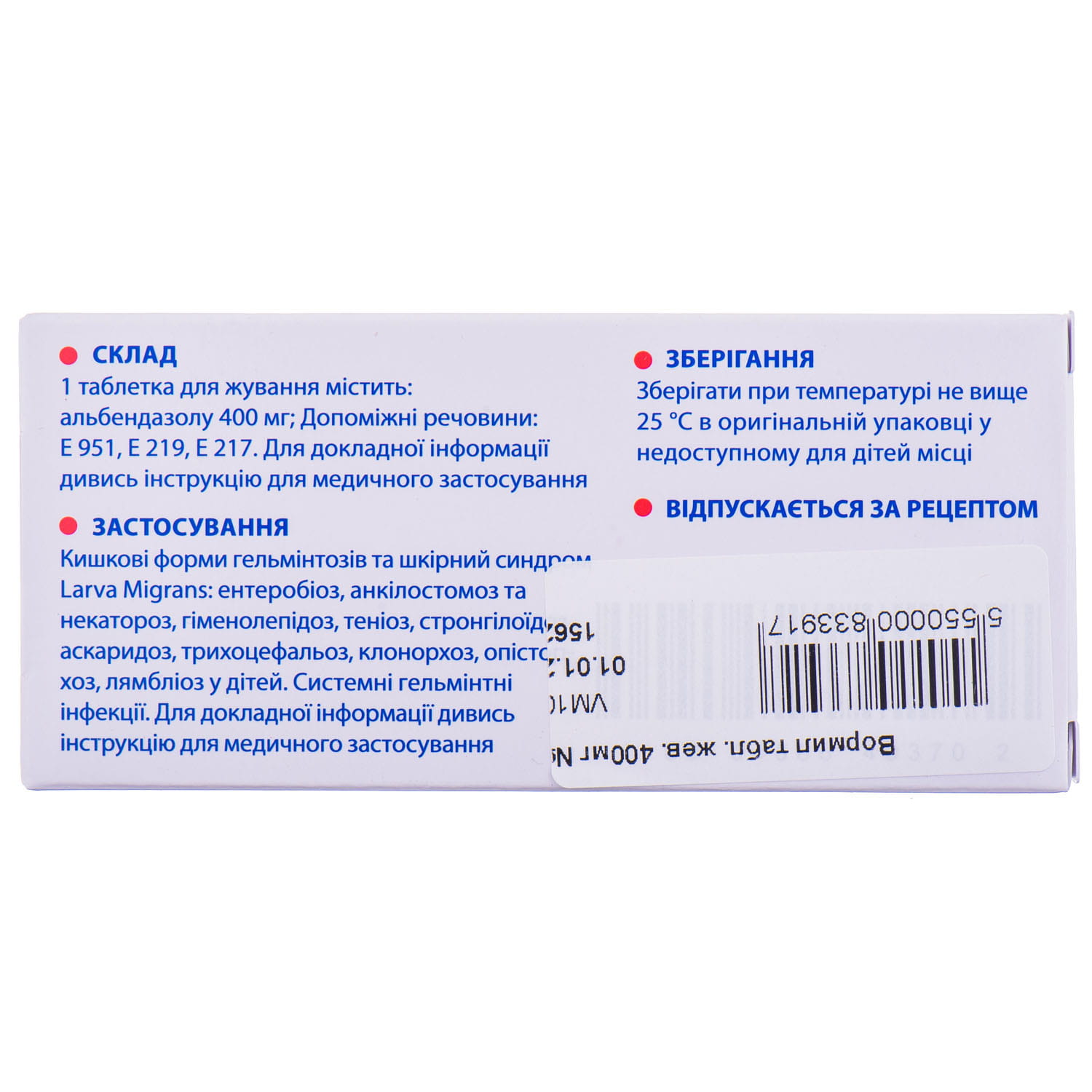

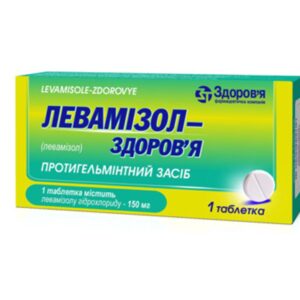
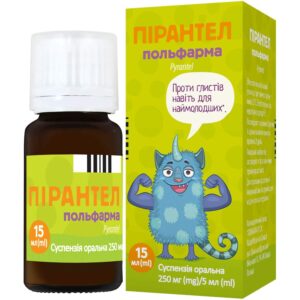
Reviews
There are no reviews yet.